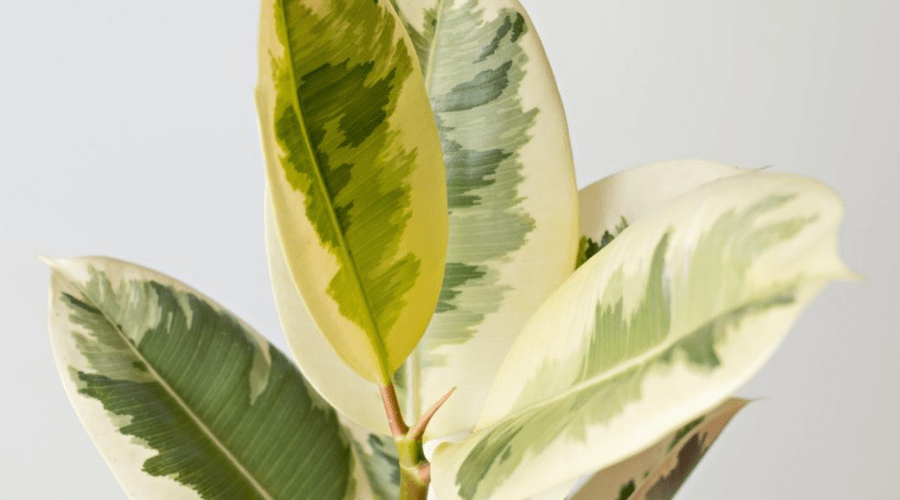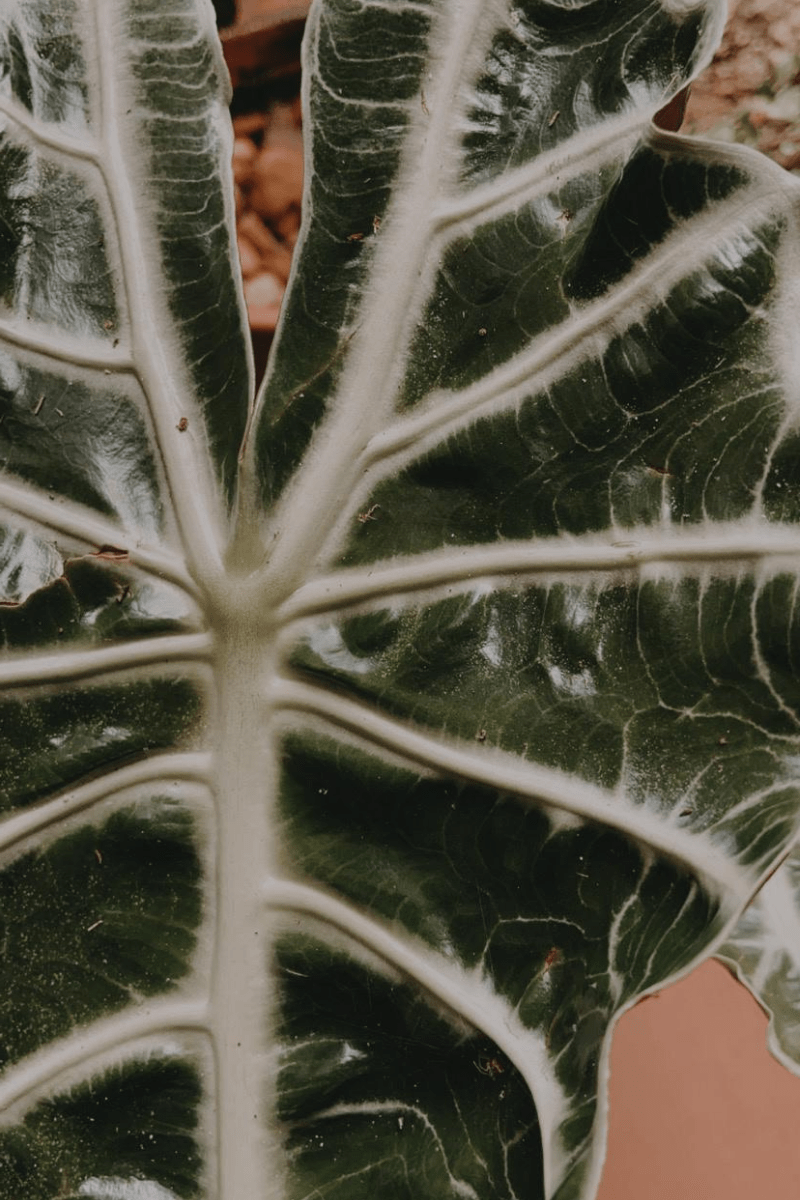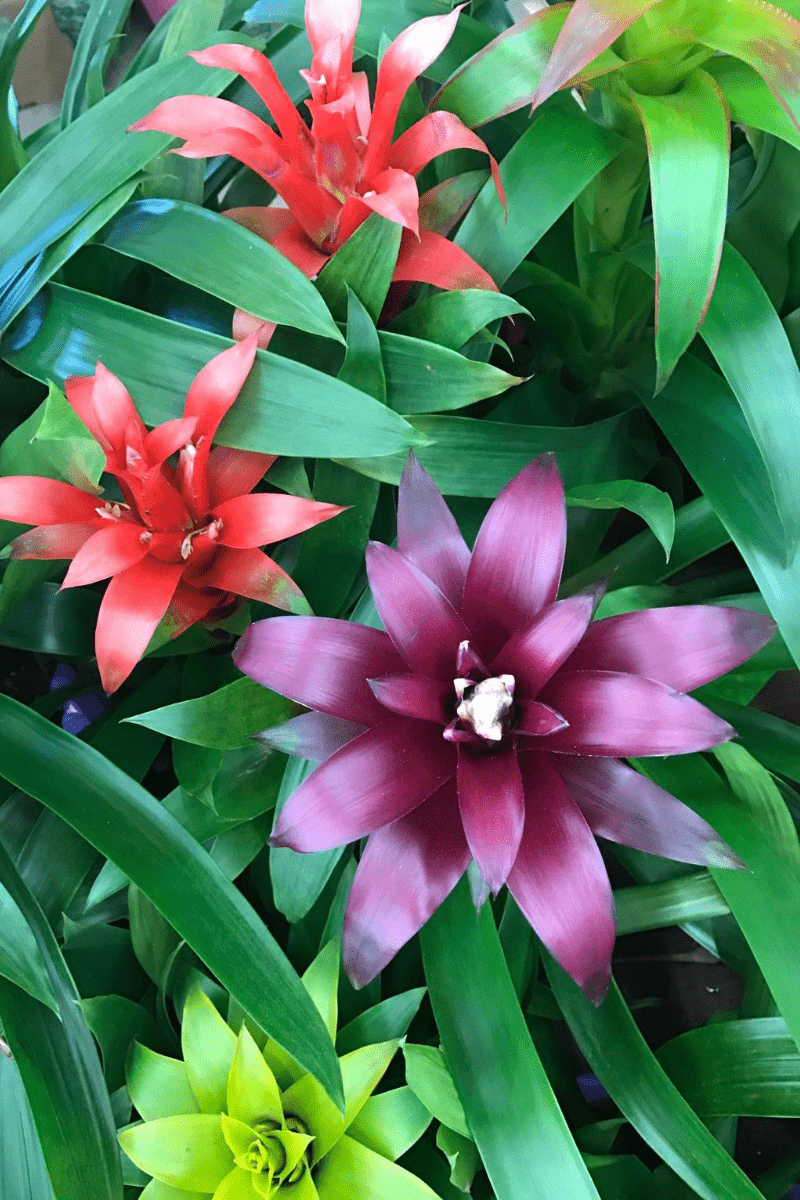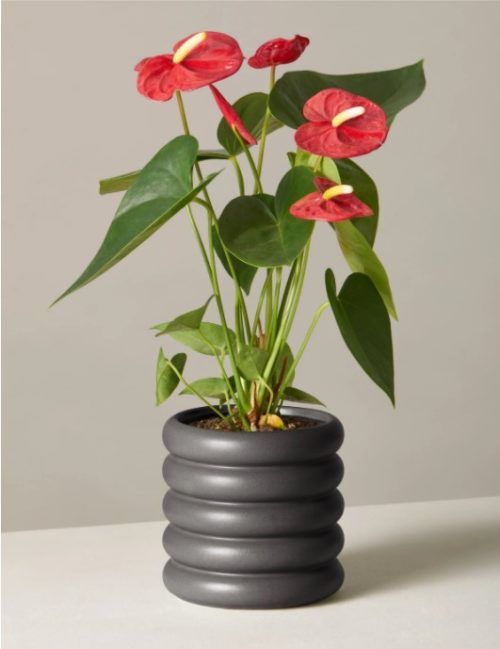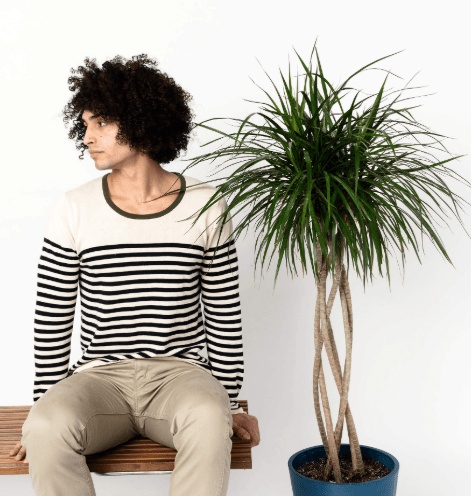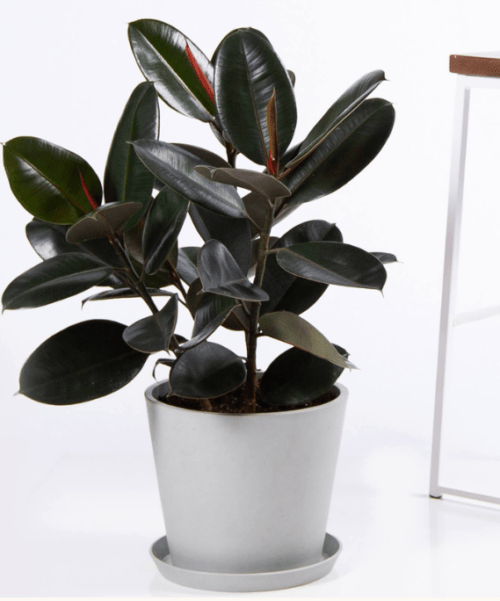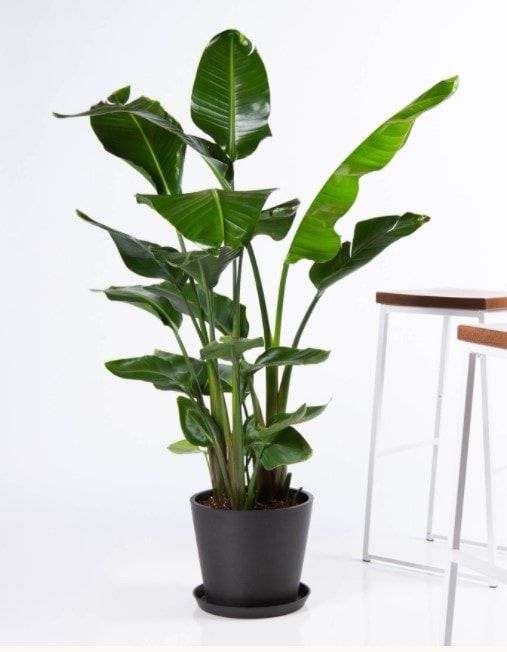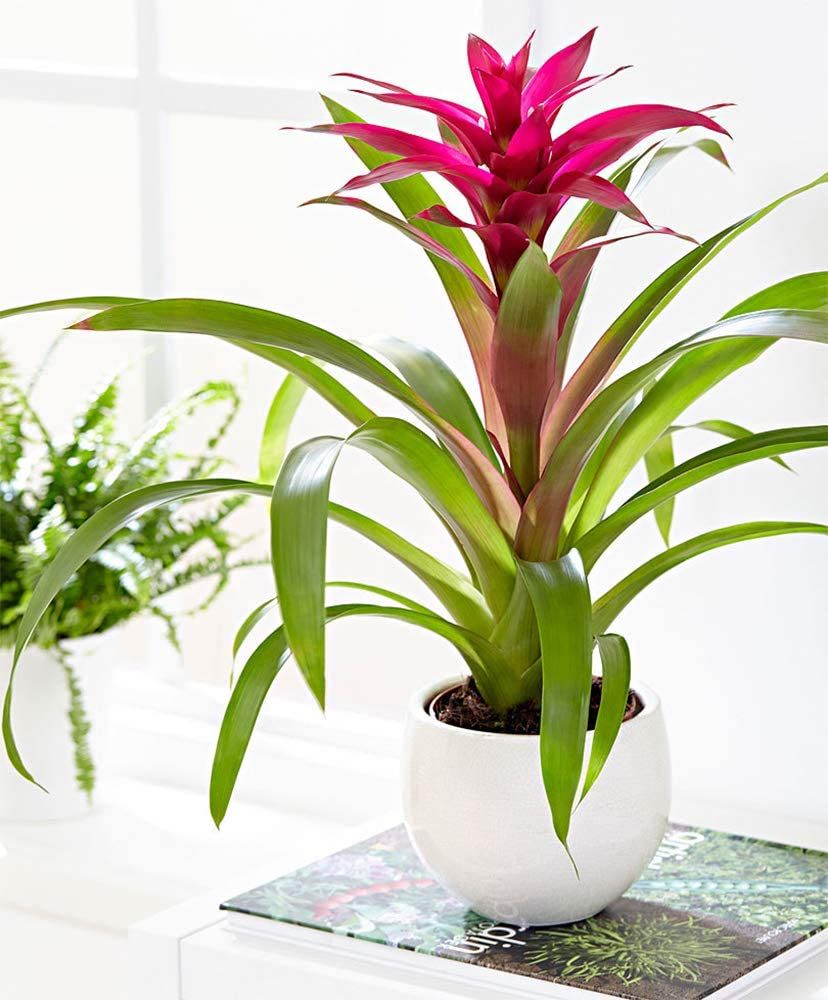Contrary to popular belief, replicating the conditions that a tropical plant requires to grow in your home isn’t all that complicated. It's true that some plants demand over-the-top humidity levels and constant attention when it comes to soil moisture, but none of it is impossible if you know how to overcome limitations. We've rounded up our favorite tropicals and all the info you need to keep them happy: light, water, humidity, fertilizer and pruning.
Tropical Houseplant FAQ
How do you care for indoor tropical plants?
The key to helping tropical plants thrive inside your home is to recreate the conditions that would have if they were in their natural habitat. Light and water are crucial when it comes to tropical plants and the little details on how often and how much depends from one plant to another.
How often should you water tropical house plants?
Once again, the answer to this question depends on factors such as the season in question. During the summer, you want to water tropical plants about once per week. However, you need to consider the fact that these plants love humidity as it is part of their natural habitat, which means that watering might not always be enough. You need to provide them with high humidity levels during the summer.
Do tropical plants like full sun?
It depends on what type of tropical plant we’re talking about. If you want to play it safe, we will give you a general answer to this question: in their natural habitat, tropical plants will often grow under the shade of trees, which means that even when grown indoors, they can still thrive in shaded corners of the house. Tropical house plants don’t require a lot of light, and what you should really pay attention to is watering the soil regularly and making sure the humidity levels as high.
Which house plants can tolerate full sun?
While the majority of houseplants can adapt to indoor living conditions and do not require full sunlight exposure (in fact, placing some plants in the sun can cause the leaves to scorch), there are a few houseplants that can tolerate sun exposure. These include hibiscus, jasmine, crotons, geraniums, money trees, ponytails palms, and others.
Common Tropical Houseplant Care Problems
Every plant variety needs a specific set of indoor conditions to thrive. Even if the care rules cater to the need of every plant species, experts have identified a series of problems that may occur when trying to grow a tropical plant indoors, and most of them are a consequence of improper care:
A plant will tell you when there’s something wrong with it, plenty of plants do so by either changing colors or dropping leaves. If you notice that your tropical plant has leaves that turn yellow or brown, that usually means the plant lacks humidity or isn’t being watered accordingly.
When the color of the leaves is less vivid, that means the plant isn’t getting enough light. This is a problem that can usually be fixed by moving the plant to a spot where it can enjoy brighter light levels.
Drooping leaves are a sign that the plant is being either over or underwatered. Don’t be afraid to get your hands dirty and stick the finger into the soil to check the water levels. If you notice that the first inch of the soil is dry, give your plant some water. If the soil is waterlogged, that means you’ve added too much water. Those of you who are skeptical of your capacity to tell the soil’s water levels can buy a soil moisture gauge.
Another consequence of the plant not getting enough light is a very slow growth rate. It’s true that some tropical plants take time to grow even when you provide them with the best conditions, but if you’re attempting to grow a fast-growing plant and you notice that it’s taking too long, it might be that the plants need to be moved to a location with brighter light.
6 Best Tropical Houseplants
In the next section, we are going to talk about some specific tropical plant examples. We will review the ease of care for each one of them and give you some pointers on where you can buy them.
Anthurium
Straight from the hearts of northern South America, Central American, and the Carribean, you have the Anthurium plant: a little bit fussy, but with beautiful flowers of different colors. It is not a plant for beginners but it is beautiful and completely worth the effort. Whether you decide to grow it inside or outside, this plant is a light lover, so it requires placement in bright and indirect light. Direct sunlight can lead to burning the leaves, which is something you want to avoid.
It is also a fan of well-drained potting, so you should be fine if you opt for an orchid mix. As for the water requirements, the Anthurium plant doesn’t appreciate soil that has dried out completely, so make sure that you provide constant water. Because it is a tropical plant, Anthurium loves heat and humidity. It thrives at temperatures between 65° and 85° F and requires daily misting if you keep them in dry air conditions.
Red Anthurium in Custom Planter
Anthuriums are the world’s longest blooming houseplant – they are rarely without their showy blooms! Each bloom can last up to eight weeks, and new ones will pop up often. These aren’t actual flowers, but modified waxy leaves. Anthuriums flourish and bloom best in bright indirect light.
Amazon Black Shield
Coming in from Southeast Asia, the Alocasia Polly is often called the Amazon elephant’s ear or African Mask. It is one of the most popular ornamental houseplants with a very distinct and dramatic look. It is a plant that loves bright indirect light but it can also survive in 80 percent shade. Direct sunlight is always a no-go with this plant.
It likes moist soil but never too wet. It is always a good idea to water this plant in the morning and from the bottom side of the container. You don’t want to get any water on the leaves. Since this is a tropical plant, cold temperatures cause it to go dormant. Naturally, it likes to stay in a climate that’s as close to home as possible, so it likes temperatures between 65° and 75° F, as well as a high level of humidity.
The elephant’s ear plant likes well-aerated and fast-draining potting soil, so you can opt for loose soil with peat moss. During the growing period, it loves its fair share of fertilizer, so make sure that you feed the plant once every two weeks from the start of spring until the end of the summer. It likes diluted balanced fertilizer.
Amazon Black Shield Plant - Alocasia Polly
10 inch plant ships in 4-inch pot, same day as order. Very spectacular leaves make this a dramatic plant for your decor. Ideal, easy-care plant for house or patio. Free gift wrap and also expedited shipping available.
Dragon Tree
Native to Madagascar and Mauritius, the dragon tree is another tropical plant worthy of your attention. It is a bright light lover but also strong enough to survive in dim light. Keep in mind that when it rests in poor light conditions, the plant will grow slower and have small leaves with less vivid colors.
Make sure that you check the top part of the soil in the pot before watering, as it is very easy to drown the plant. When the soil is dry, you can proceed with adding water. Depending on the light conditions you left it in, it can take up to three weeks for the dragon tree to need more water. As a tropical plant, the dragon isn’t shy to ask for high temperatures and would love a room with 70 to 80 degrees Fahrenheit inside.
Unlike other tropical plants, this one should be fine with the current humidity level in your house (provided the air is not to dry, of course). If needed, you can mist the plant with water. The dragon tree also has pretty low fertilizer requirements, meaning that you can give them controlled-release fertilizer at the start of spring or twice per year.
Dracaena Marginata Open Weave
Dracaena Marginatas are easy, low-maintenance indoor plants that will thrive and adapt in almost any environment. Plus, NASA lists the Dracaena Marginata as an excellent plant for removing harmful chemicals from the air.
Rubber Tree
The ever-so-popular Ficus elastica, commonly known as the rubber tree, is a plant that originated from Southeast Asia and it’s considered to be one of the best indoor tree plants of tropical nature. It is a bright light addict and can even tolerate some sun exposure, but only in the morning.
It requires a steady and consistent watering schedule, as the soil needs to be moist at all times. It is very vulnerable to dry soil, so make sure that never happens. It thrives when planted in fast-draining soil and it can be fed with weak liquid fertilizer during the growing season. Beware, as the rubber tree is a heavy feeder.
To our surprise, the rubber tree plant can tolerate lower temperatures compared to other tropical plants. Anything above 40 degrees Fahrenheit should do the trick. Lower temperatures lead to dead and falling leaves. During the nighttime, the plant prefers temperatures between 60 and 65 degrees.
Burgundy Rubber Tree in Custom Ecopot
Native to the rainforests of India and South America, it can quickly adapt to common indoor temperatures. Given enough bright light, ample humidity, and with careful watering, your Rubber Tree will thrive in your home, filling the corner of a room within a few years.
Bird of Paradise
Also known as Strelitzia, the bird of paradise plant is native to South Africa but most people know it to be the floral emblem of Los Angeles. It is a plant that requires bright light to thrive and can even tolerate some direct sunlight if you want to enjoy its bloom. During hot summer afternoon, it should be positioned away from sunlight because it can burn young plant leaves.
It likes to stay in soil that’s consistently moist but you need to avoid excessive watering. However, warmer seasons require almost daily watering of the plant as the big leaves absorb a lot of moisture. As a tropical plant, the bird of paradise loves high humidity levels, so having a water spray bottle at hand for frequent misting is a good idea. However, this process can be a little tricky. Too much water will cause the leaves to turn crunchy brown, while underwatering causes extremity leaves to turn yellow.
The plant likes temperatures of at least 60 degrees Fahrenheit and does not tolerate cold environments. Its container needs to have a well-drained potting mix. Make sure you use slow-release pellets during the spring seasons. During the summer, you can use liquid fertilizer as long as you apply it every week.
Bird of Paradise in Custom Ecopot
Water and humidity are important to keep your Bird of Paradise healthy. It needs consistent watering to keep the soil moist, but never wet or soggy. In addition to careful watering, it will benefit from regular misting to boost its humidity. The Bird of Paradise is native to South Africa where it receives a lot of light and warmth.
Bromeliad
The tropical Americas have gifted us any wonderful plants, but the Bromeliad is by far one of the most impressive ones on the list. It is a foliage plant that needs specific growth conditions for it to bloom, and these conditions are dependent on the variety of Bromeliad you are attempting to grow.
The light exposure will also depend on the variety of the plant. Certain varieties like bright light with no direct sunlight exposure, while others enjoy full tropical sun rests. The plant typically likes fast-draining potting soil. However, they are not heavy feeders, so you can opt for a liquid fertilizer applied during the growing season.
Surprisingly, Bromeliad plant varieties are strong in the face of drought but if the temperatures in your home are too high, you might have to check the soil’s water levels on a frequent basis. People that centrally water their Bromeliad plant should flush the central cup daily as built-up salts need to be removed.
These plants are also tolerant of temperature variations but if they rest in high temperatures, they are also going to need more humidity. The temperatures surrounding Bromeliads can go as low as 55 degrees or as high as 80. Whatever you do, make sure the temperature doesn’t drop below 40 degrees.
Growing guzmania bromeliads is simple and their unique growth habit and flower bracts will add interest to the home year round. Require low light and Should be kept out of direct sunlight. At the time of shipment our growers will select the best available from hot pinks, deep purples, vibrant reds, bright yellows and oranges.
Conclusion
There are hundreds of tropical plants that one can attempt to grow indoors, but trying to replicate the conditions found in the plant’s natural habitat might not always be successful (sometimes, it might not even be worth trying). From Bromeliads to rubber tree plants, people have conquered the world of greenery and defied nature’s laws by giving plants loving and thriving environments for them to emerge blooming. So, dare I ask, what tropical house plant would you like to conquer?

